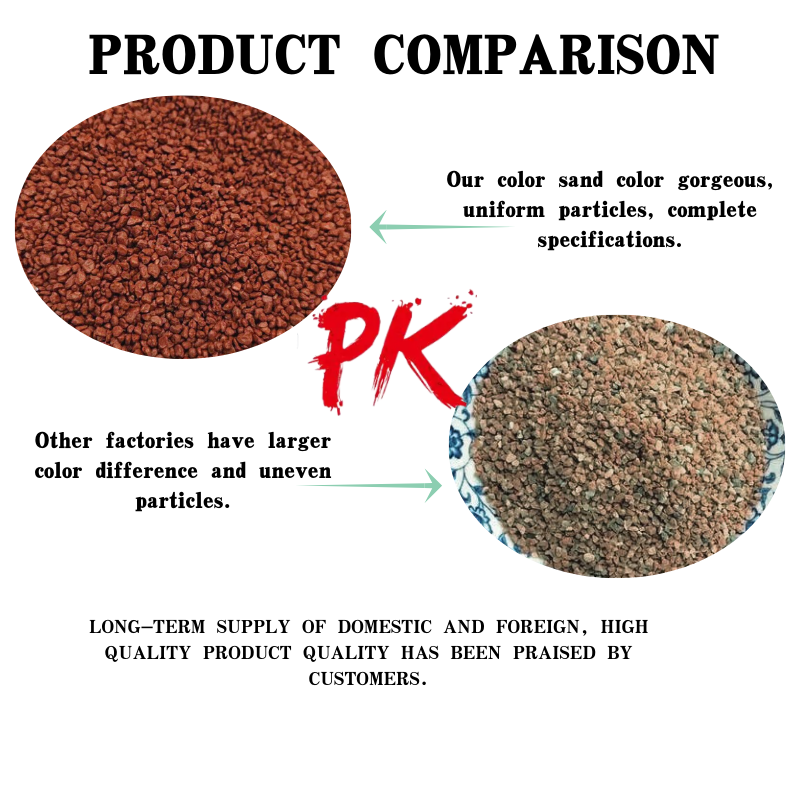
Iron Ore Supplier | High-Quality Iron Ore for Global Markets
The Global Landscape of Iron Ore Supply
Iron ore is a vital raw material for the production of iron and steel, which are essential for various industries, including construction, automotive, and manufacturing. As the backbone of modern infrastructure, the demand for iron ore has seen fluctuating trends influenced by economic growth, technological advancements, and geopolitical factors. Understanding the complexities of iron ore supply requires recognizing the main suppliers and their impact on the market.
Major Suppliers of Iron Ore
The global iron ore supply is dominated by several key players. Among the largest producers are Brazil and Australia, which together account for a significant portion of the world's iron ore exports. Companies like Vale in Brazil and Rio Tinto and BHP in Australia have established themselves as industry giants, leveraging their vast mineral reserves and advanced extraction technologies. Vale's strategic operations in the Carajás Mine, known for its high-quality hematite, and the massive Pilbara region's production capabilities make them pillars of the iron ore supply chain.
Other notable suppliers include China, India, and Russia. China, while primarily known for its enormous production of steel, also plays a critical role as both a producer and consumer of iron ore. Indian suppliers, on the other hand, have increasingly emerged as global players, with their rich iron ore deposits and efforts to streamline mining processes. Meanwhile, Russia's mineral wealth presents a reliable source of iron ore, particularly in regions such as the Ural Mountains.
Market Influences
iron ore supplier

The iron ore market is influenced by various factors, including global economic conditions, trade policies, and environmental regulations. As economies expand, especially in developing regions, the demand for steel increases, driving up the need for iron ore. Conversely, economic downturns often result in decreased industrial activity, leading to reduced demand and lower prices.
Moreover, trade relations significantly impact the supply chain. For instance, tariffs and trade disputes can alter the dynamics of iron ore flow between countries. The ongoing tensions between Australia and China have led to market realignments, with China seeking alternative suppliers to mitigate its reliance on Australian iron ore.
Environmental considerations are also shaping the iron ore supply landscape. Increasingly stringent regulations aimed at reducing carbon emissions can impact mining operations and may push suppliers to adopt greener technologies. Companies are now exploring innovative methods to minimize their environmental footprint while maintaining production efficiency.
The Future of Iron Ore Supply
Looking ahead, the iron ore supply market will likely experience further transformation. As renewable energy advancements take center stage, the push towards sustainability in the steel industry will challenge traditional practices. Innovations such as hydrogen-based steelmaking and increased recycling initiatives may alter demand dynamics for iron ore altogether.
In conclusion, the global iron ore supply is influenced by a complex interplay of major suppliers, market demands, and regulatory frameworks. Understanding these factors offers insights into future trends and developments within the industry. Suppliers must adapt to an evolving landscape while maintaining production capabilities to meet global demands for this essential resource. As the world continues to advance towards a more sustainable future, the iron ore supply chain will undoubtedly be at the forefront of these changes, navigating challenges and seizing opportunities along the way.
Share
-
Premium Resin Coated Sand - High Heat Resistance CastingNewsJul.31,2025
-
High Quality Silicon Carbide Grit for Abrasive ApplicationsNewsJul.30,2025
-
High-Quality Ceramsite for Plants & Gardening | Lightweight PebblesNewsJul.29,2025
-
Premium Burgundy Glass Marbles for Vases & Shooter GamesNewsJul.29,2025
-
High Purity Quartz Sand for Industrial and Ground ApplicationsNewsJul.29,2025
-
High-Quality Barite Powder for Drilling & Industrial UseNewsJul.29,2025






